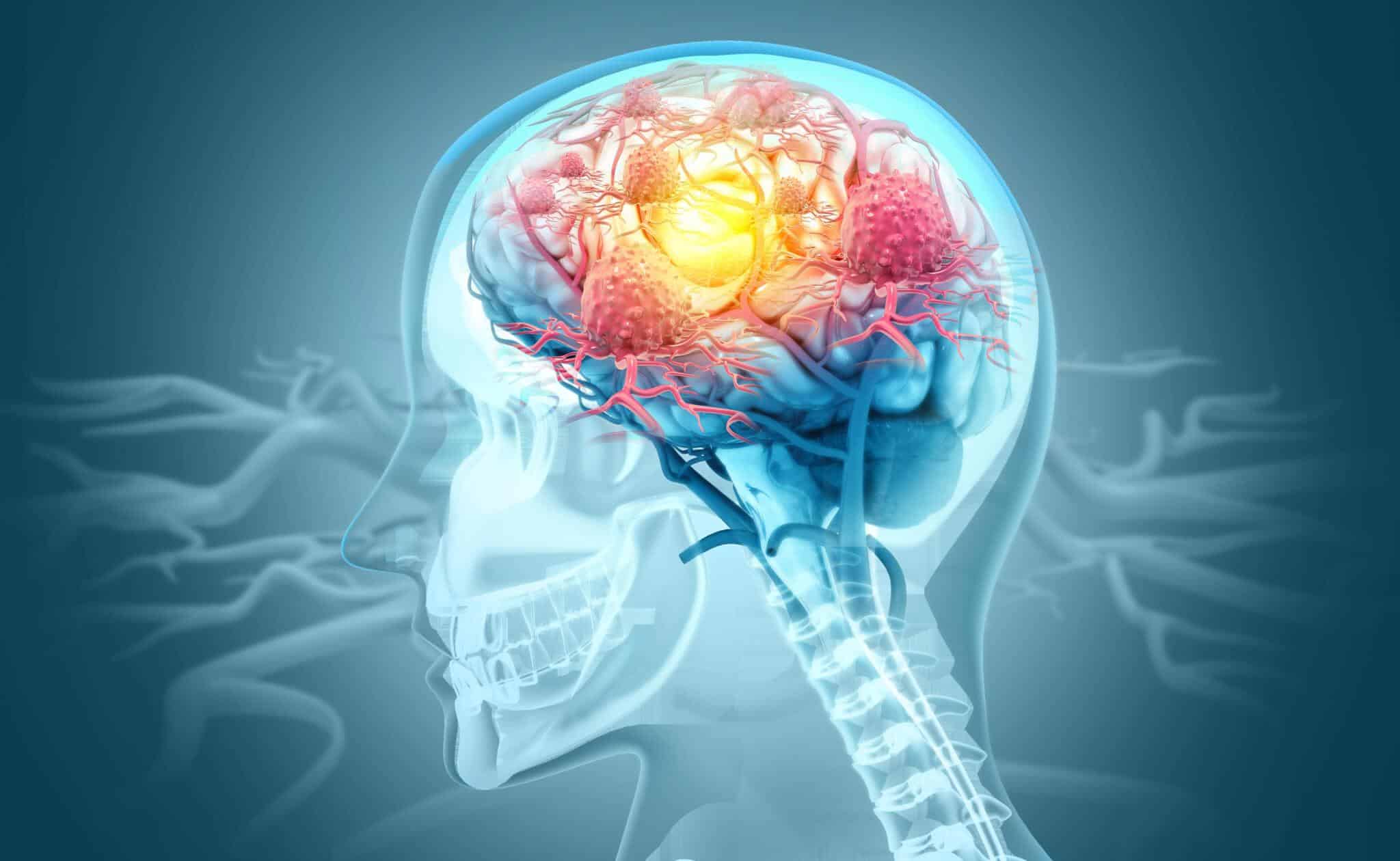Is Stem Cell Therapy A Cure For Neurodegenerative Diseases?
Stem cells have been the center of attention in medical research for years due to their remarkable therapeutic properties. From treating autoimmune diseases to the frailty of aging and neurological diseases to chronic pain, stem cell therapy has shown promising potential.
Particularly for the treatment of life-impacting neurodegenerative diseases like Parkinson’s disease, Alzheimer’s disease, Multiple Sclerosis, Huntington’s disease, etc., stem cell therapy is the only hope. These diseases are difficult to treat with traditional medications and treatment methods. Stem cells slow down the progression of the symptoms of neurodegenerative diseases and enhance the patient’s quality of life.
Let’s gain a deeper insight into the application of stem cells for treating neurodegenerative disorders.
Table of contents
- A Review Of The Current State Of Research On Stem Cell Therapy
- Understanding The Science Behind Stem Cell Therapy
- Neurodegenerative Conditions Treated Using Stem Cells
- Stem Cell Treatment Process Overview
A Review Of The Current State Of Research On Stem Cell Therapy
Numerous clinical trials and significant research efforts are ongoing to find ways to help overcome diseases that affect the brain, causing a decline in cognitive function. Neurodegenerative diseases cause protein imbalances and lead to a loss of specific brain cells.
Stem cells, which can multiply and differentiate into different types of cells, help treat these conditions. Stem cell research allows clinicians and medical experts to understand how stem cells work in the body for cell growth, proliferation, differentiation specialization, and prevention of cell death.
Earlier, neurodegenerative conditions like Alzheimer’s disease, Multiple Sclerosis, and Parkinson’s indeed lacked reliable treatments. In the quest for an effective cure for these enfeebling conditions, researchers started investigating the potential of regenerative medicine, also known as cellular therapy, using mesenchymal stem cells (MSCs). The findings from multiple research studies and clinical trials affirmed positive outcomes regarding using stem cells for treating neurodegenerative disorders.
Understanding The Science Behind Stem Cell Therapy
Stem cells are undifferentiated cells with the unique characteristic to differentiate and form any type of cell, tissue, or organ. Using this specialized property, stem cells can self-renew, restore, and regenerate damaged cells in the affected body areas. The types of stem cells utilized in therapies are mesenchymal stem cells, embryonic stem cells, neural stem cells, induced pluripotent stem cells, and progenitor cells.
The loss or damage of nerve cells in the brain or spinal cord, commonly called neurons, is the primary cause of neurodegenerative diseases. Acute neurodegeneration may be caused by ischemic stroke or brain hemorrhage, resulting in the death of neurons at the site of injury. Stem cell therapy for ischemic stroke is proven to be quite helpful in post-stroke recovery.
Stem cells, by using their distinct proliferation and differentiation capabilities, repair and regenerate damaged neurons and produce fresh nerve cells to stop the progression of the symptoms of the diseases.
Read Also: Healing Power Of Stem Cell Therapy: A Comprehensive Guide
Neurodegenerative Conditions Treated Using Stem Cells
Promising evidence emerged on the efficacy of stem cells in treating a wide range of neurological conditions. The ability of stem cells to regenerate lost neurons has made stem cell therapy a prospective treatment option.
An article published by Neurology Letters summarizes the results of the clinical trials investigating the exciting potential for stem cell therapy for several neurodegenerative diseases, starting from Parkinson’s disease to Multiple Sclerosis, Dementia to Amyotrophic lateral sclerosis.
The two most important types of stem cells used in the therapy are mesenchymal stem cells derived from Wharton’s Jelly of human umbilical cord tissue and neural stem cells. Both these cells are immature and capable of developing into various nerve cells to repair and replace damaged brain and spinal cord neurons.
Several neurodegenerative diseases can be treated with stem cell therapy, including:
Alzheimer’s disease
It is the most common type of dementia, characterized by cognitive decline and gradual memory loss. This condition occurs due to the premature death of nerve cells in the regions of the brain responsible for thinking and memory function.
Cellular therapy is a cutting-edge treatment option that regresses the symptoms of Alzheimer’s disease by producing healthy neurons and stimulating the innate healing process. As soon as stem cells reach injured sites, they induce the regenerative abilities of the host neurons and improve the brain’s functional recovery.
Multiple Sclerosis
Multiple Sclerosis (MS) is an immune-mediated chronic disease affecting the central nervous system, i.e., the brain and the spinal cord. In patients with MS, the immune system mistakenly attacks the healthy cells in the myelin sheath, which is the protective or insulating layer covering the nerves in the brain and spinal cord. MS impairs the central nervous system and disrupts communication between the brain and the body.
Stem cell therapy for Multiple Sclerosis offers novel hope to patients as mesenchymal stem cells, with their immunomodulatory properties, halt the immune system’s attack on the nervous system. After a few weeks of treatment, they further reduce inflammation and alleviate symptoms of MS. Patients can expect improvements like enhanced mobility, reduced seizures, muscle spasms, pain, and improved cognitive function.
Parkinson’s Disease
Parkinson’s is a progressive neurodegenerative disorder characterized by the death of nerve cells that produce a chemical called dopamine. The sudden dopamine drop results in the body’s inability to coordinate, balance, and move. Other symptoms include tremors, muscle stiffness, and trouble speaking and eating.
With the neurogenesis properties of mesenchymal stem cells, damaged neurons are repaired and replaced, slowing down the progression of the symptoms. The stem cells differentiate to form specialized dopamine-producing neurons, which further speed up the recovery process by contributing to cell restoration in the injured sites in the brain.
Huntington’s Disease
Huntington’s disease is an inherited neurodegenerative disorder that causes neurons in specific parts of the brain that control our voluntary movement to break down and die. This progressive breakdown of the nerve cells results in cognitive decline and psychiatric symptoms.
Stem cell-based therapy prevents cell death by promoting endogenous neurogenesis and activating the self-repair mechanism in the brain. The stem cells replace the dying and damaged neurons and avoid disease progression by utilizing the growth factors produced by stem cells.
Spinal Muscular Atrophy (SPA)
SPA is a genetic neurodegenerative disease involving the loss and damage of nerve cells or motor neurons in the spinal cord. Also known as motor neuron disease, SPA affects the central and peripheral nervous systems, weakens skeletal muscles, and impacts voluntary muscle movement.
Stem cell therapy is used in regenerative medicine to treat spinal cord injury and neuromuscular conditions, including Spinal Muscular Atrophy. The stem cells transform into enhanced neural cells, crucial in generating neurotrophic factors responsible for fully grown neuron cells’ overall development, survival, and thriving.
Read Also: Can Stem Cell Therapy Provide Relief From Chronic Knee Pain?
Stem Cell Treatment Process Overview
A stem cell specialist personalizes the treatment protocol per the patient’s current condition, age, and medical history. The doctor can administer stem cell injections via intravenous drips or intrathecal (lumbar puncture).
Every stem cell therapy clinic will evaluate the patient’s condition, and an experienced medical team, along with a neurologist, will conduct a consultation with the patient or their family to determine the eligibility for the treatment. The team performs diagnostic examinations such as Brain MRIs, CT Scans, etc., and reviews medical records before preparing a personalized and detailed treatment protocol.
Final Words
The above discussion in the article focuses on the widespread application of stem cell therapy in neurodegeneration. The regenerative therapeutic property is why stem cells are abundantly used to restore lost brain functionality caused by prolonged neurological conditions. Stem cells have shown promising efficacy in enhancing motor function in patients.
Life Altering Stem Cell Therapy Institute offers comprehensive stem cell treatment for various medical conditions, including neurodegenerative diseases. Our patient-specific treatment approach and holistic care ensure that every patient’s healing journey is safe, comfortable, and worth remembering.

